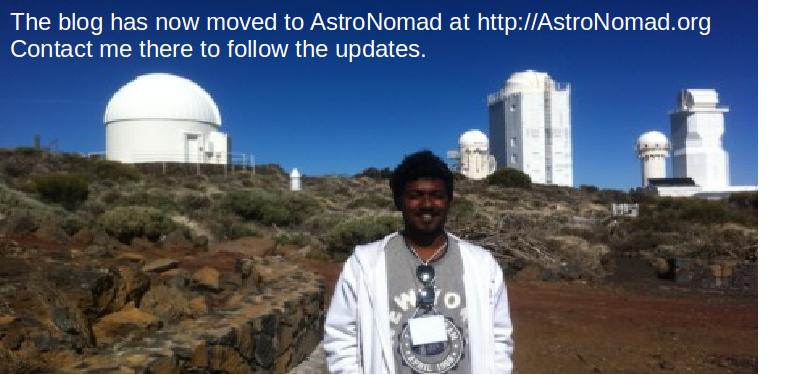IYA 2009 Plan
"Globe at Night" the 4th segment of the International Star-counting Program will be launched with a massive participation from 16th-28th March 2009 and is treated as a major happening in the Dark Sky Awareness Cornerstone project of the International Year of Astronomy 2009, known as IYA 2009. |  |
The classic citizen-science exercise, involving people, regardless of their expertise, to enjoy gazing at the constellation of Orion,with their naked eyes is more popularized this time than ever. Meantime scientific efforts will be carried-out using standard equipment to obtain precise and digital measurements to enhance the degree of overall observation wise success.
The effect of lighting-pollution on the environment and the disappearance of the dark night skies are majorly concerned and emphasized in the Globe at Night 2009 program.
Ideas
| We have now passed the point where more than half of the world's population lives in urban areas, which are notorious for being excessively lit or badly lit by artificial lights" says Dr. Connie Walker, senior science education specialist at the National Optical Astronomy Observatory. "GLOBE at Night is an easy way for people around the world to connect with the increasingly accepted and powerful idea that good lighting saves money, it reduces greenhouse gases by lowering our use of electrical power, it is better for public safety, and it allows everyone to share the wonders of the night sky." she further added. |
Reports
During the previous episodes of Globe at Night during the last 3 years, people from various parts of the globe (in more than 100 countries) have contributed towards the success of the project and there had been over 20,000 measurements of the starry nights.
It is interesting to see some cities, such like Norman, Oklahoma, Mishawaka, Indiana, Willimantic, Connecticut, and Waynesville, Ohio, are organizing observation camps to get both students, enthusiasts, amateurs and public advocates and representatives from local city and county administration to a unique platform. "Connecticut kids are collaborating with students in Wales, Canada and Romania on GLOBE at Night, and we have an extensive campaign planned with the schools near the observatories of north-central Chile," Walker said.
"Astronomy from the Ground Up" a network of small science and nature centers fostered by the Astronomical Society of the Pacific (ASP) and the National Science Foundation, 146 amateur astronomers that are part of the ASP-NASA Night-Sky Network, and (soon) the Association of Science-Technology Centers have already received related training and guidance in GLOBE at Night and affiliated projects.
"International organizing efforts for GLOBE at Night have been strong in countries like Argentina, Australia, Austria, Brazil, Canada, Chile, Costa Rica, the Czech Republic, Germany, Hungary, Ireland, Poland, Portugal, Romania, Spain and the United Kingdom, to name a few" she added.
Upcoming chances to learn more about GLOBE at Night include the March 6 episode of the IYA2009 "365 Days of Astronomy" podcast and oral sessions at the upcoming meeting of the National Science Teachers Association in New Orleans, March 19-20.
 In more news, cities, such as Tucson, Arizona, are collaborating GLOBE at Night with involvement in the World Wildlife Fund (WWF)'s EarthHour event , which encourages everyone to turn out their lights from 8:30-9:30 p.m. local time on the evening of Saturday, March 28, the final night of GLOBE at Night 2009. This seems as a beginning of a promising future of clear observation as far as the event is concerned.
In more news, cities, such as Tucson, Arizona, are collaborating GLOBE at Night with involvement in the World Wildlife Fund (WWF)'s EarthHour event , which encourages everyone to turn out their lights from 8:30-9:30 p.m. local time on the evening of Saturday, March 28, the final night of GLOBE at Night 2009. This seems as a beginning of a promising future of clear observation as far as the event is concerned.
"We also encourage everyone to participate in the star-counting activity being carried out under the banner of IYA2009 in October, called ‘The Great World Wide Star Count.' Another star-hunting program called ‘How Many Stars' is available the rest of the year," Walker added. According to Walker, during up-coming 2010 episode of, GLOBE at Night it is expected that this will be adopted as a core activity of the Girl Scouts of America.
More info:
 Dark-Skies Awareness is associated with other 10 global cornerstone projects, supported by the International Astronomical Union's IYA2009 efforts. For more information on a variety of programs including the 3 star-hunting programs, a planetarium show, a presence in Second Life, and joint programs with U.S. national parks, amateur astronomers and some of the greatest environmental photographers in the world, see www.darkskiesawareness.org.
Dark-Skies Awareness is associated with other 10 global cornerstone projects, supported by the International Astronomical Union's IYA2009 efforts. For more information on a variety of programs including the 3 star-hunting programs, a planetarium show, a presence in Second Life, and joint programs with U.S. national parks, amateur astronomers and some of the greatest environmental photographers in the world, see www.darkskiesawareness.org.






1 Comments:
I put a link for you about half way down the page under "Lost in Space and other Miscellaneous Space Links."
Thank you for visiting my blog and your comment.
Post a Comment